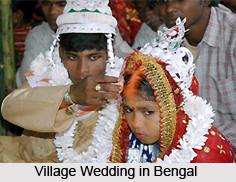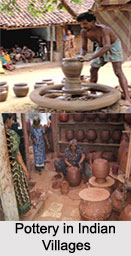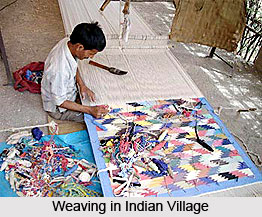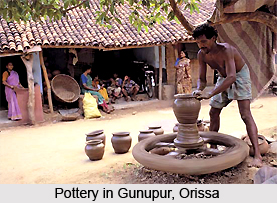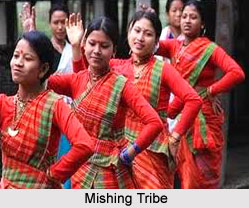Introduction
Wagah is an Indian
Village in Punjab. It is located in the border line of India and
Pakistan. This village attracts the worldwide tourists as this place is famous
for the Wagah border ceremony which is a military practice. Wagah is renowned
for its daily border ceremony and functions as a key goods transit terminal and
railway station between Pakistan and India. Since 1959, the Wagah flag-lowering
ceremony, conducted by the border security forces of both nations, has taken
place here every evening, drawing spectators from around the world.
Location of Wagah
Wagah is a village situated near a road border crossing, goods transit terminal and a railway station between Pakistan and India. Located just 600 meters west of the border, Wagah sits along the historic Grand Trunk Road, connecting Lahore in Pakistan to Amritsar in India. The border itself is 24 kilometers from Lahore and 32 kilometers from Amritsar, with the Indian village of Attari just 3 kilometers away.
Geography of Wagah
Wagah lies on the Grand Trunk Road between the cities of Amritsar, Punjab and Lahore, Punjab, Pakistan. The borderline of Wagah is located 24 kilometres from Lahore, Pakistan and 32 kilometres from Amritsar. It is also 3 kilometres from the bordering village of Attari.
History of Wagah
Wagah is named as "Wahga" in Pakistan. It is a village in India-Pakistan border line near which the accepted Radcliffe Line, the boundary demarcation line dividing India and Pakistan upon the Partition of India, was drawn. The village of Wagah lies 600 meters west of the Border line. At the time of Independence of India in the year 1947, the migrants from the Indian parts of the Indian states like Rajasthan, Punjab, Haryana entered the present day Pakistan through this border crossing.
Wagah Railway Station
Wagah railway station lies 400 meters to the south and only 100 meters from the Border line itself. In Pakistan the Border crossing is known as Wahga Border whereas in India it is called Atari Border crossing, named after the Indian village Atari, which lies 500 meters east of the border line within Indian Territory.
Tourism in Wagah
As it is located in the border line of India and Pakistan, this village does not have any monuments, mosques, temples and churches. This border line hamlet is particularly known for the elaborate Wagah border ceremony, which is a daily military practise that happens at the border gate, two hours before sunset each day. The flag ceremony is conducted by Indian Border Security Force from Indian side and Pakistan Rangers from Pakistan.
The lowering of the flags, or the Beating Retreat ceremony at Wagah border, is a daily military practice of the security forces of India and Pakistan. They have jointly followed this since 1959. The drilling in Wagah border is characterized by elaborate and rapid dance-like manoeuvres. It is alternatively a symbol of the two countries` rivalry, as well as brotherhood and cooperation between the two nations. Wagah border ceremony takes place every evening before sunset at the Wagah border, which as part of the Grand Trunk Road was the only road link between these two countries before the opening of the Aman Setu in Jammu and Kashmir in 1999. Wagah border ceremony starts with a blustering parade by the soldiers from India and Pakistan, and ends up in the perfectly coordinated lowering of the two nations` flags. It is called the beating retreat border ceremony on the international level. One infantryman stands at attention on each side of the gate.
As the sun sets, the iron gates at the border are opened and
the two flags are lowered simultaneously. The flags are folded and the ceremony
ends with a retreat that involves an abrupt handshake between soldiers from
India and Pakistan. It is also followed by the closing of the gates again. The
spectacle of the ceremony attracts many national and international level
tourists from both sides of the border.
Wagah-Attari Border Ceremony
The Wagah
border crossing derives its name from Wahga village, near which the Radcliffe
Line was drawn during the Partition of British India, marking the boundary
between India and Pakistan. In 1947, during the independence and subsequent
partition, migrants from both countries crossed this border in search of new
beginnings.
The Wagah-Attari border ceremony takes place at the border gate daily, approximately two hours before sunset. The flag-lowering ritual is carried out by Pakistan Rangers and India’s Border Security Force (BSF), mirroring similar retreat ceremonies at the Ganda Singh Wala/ Hussainiwala and Mahavir/ Sadqi International Parade Ground border crossings. A synchronized marching display, popularly known as the “Silly Walk ceremony,” is also performed. This tradition began in 1986 as a gesture of peace, despite there being no active conflict at the time.
In August
2017, Pakistan installed a 400-foot (122-meter) flagpole on its side of the
border in response to India’s 360-foot (110-meter) flagpole in Attari.
Additionally, India constructed a stadium with a balcony gallery accommodating
25,000 spectators, while Pakistan does not have a similar stadium structure on
its side. The flagpole in Attari remains the tallest in India.
